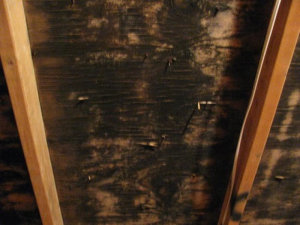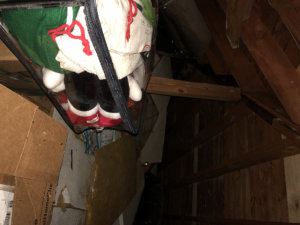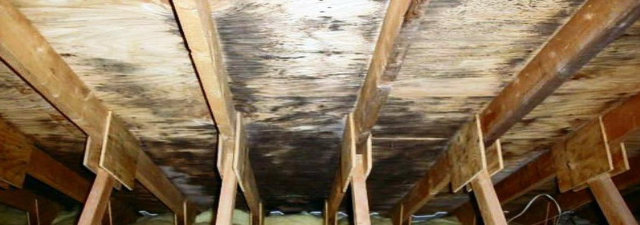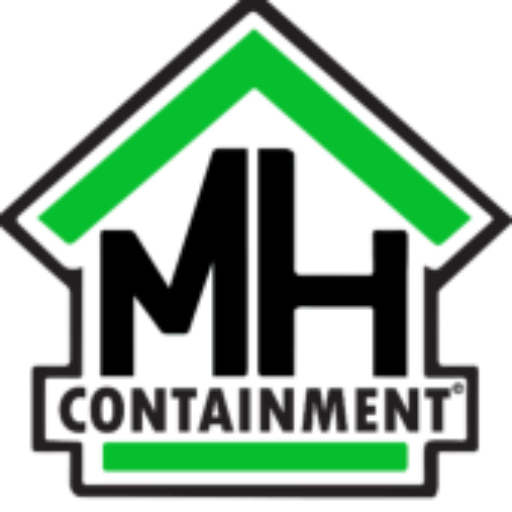About Attic Mold
It’s the start of a new year. The holidays are over, and it is time to put the decorations back in the attic. This is an excellent time, while you’re up there, to check the attic out, make sure there are no mold or moisture issues, and take care of any issues you might find before they become problems.
What Causes Attic Mold?
Attics are typically dark and full of materials for mold to eat, so the primary inciting event in the growth of mold in an attic is a buildup of moisture. If moisture is a problem in your attic, one of these issues is typically at play:
Roof Leaks (A hole or flaw somewhere in the roof allowing direct access for any external moisture is the simplest way to get attic moisture.)
Improper ventilation (Heat and moisture entering the attic from the house can cause buildup of moisture if not cooled somehow.)
Improper venting from pipes and/or vents (Vents that pull moisture out of the house should always lead to the exterior, not the attic.)
Attic Mold Prevention
There are a few factors that have a major impact on making attic area a mold-friendly environment. Here are some important things to consider/be on the lookout for:
- Subpar Ventilation- The most common issue that can lead to attic mold, there are two types of attic ventilation to consider/ensure are in place:
- Natural Attic Ventilation- A combination of insulation (used to keep heat and moisture out of the attic from the rest of the house) and vents (used to allow super-heated air to escape during the summer) keeps your attic cold in the winter and hot in the summer, and discourages build up of moisture needed for mold to flourish
- Attic Fan Ventilation- A fan is used during the summer months to pull cool air from the house into the attic to cool the area off before condensation causes moisture formation
- Missing or Improperly Installed Insulation- Insulation is key to preventing buildup of heat and moisture, but equally important is ensuring that things are insulated properly; among other issues, improper insulation installation can lead to blocked vents and the accumulation of heat and moisture.
- Vents Discharging From the Kitchen, Bathroom, or Dryer- As stated above, any vents that pull moisture out of the house should not be directed into the attic, or excess moisture is just being pushed into the attic constantly.
- Water Heater or Furnace Installed the Attic- It should go without saying that appliances dealing with heat and water installed in your attic run the risk of leaking, adding to attic moisture levels dramatically; any ability to relocate these appliances will greatly reduce the possibility of attic moisture.
As always, if you discover mold in your attic, the main concern should be containment and remediation; but you should also ensure that whatever issue led to moisture building up is also dealt with or else the mold is bound to just come back.



